Lung Surgery Biography
(Source google.com)
Lung cancer is the rapid growth
of abnormal cells in the lung tissue. Surgery to remove all or part of a
lung may be done by making a cut on one
side of your chest (thorax) during a procedure called a thoracotomy. Surgery
that uses this approach avoids areas in the chest that contain the heart and
the spinal cord. After the cut is made between the ribs, all or part of the
lung is removed depending on the location, size, and type of lung cancer that
is present. " Wedge resection
(segmentectomy). The surgeon removes a small wedge-shaped piece of lung that
contains the lung cancer and a margin of healthy tissue around the cancer. This
is likely to be done when your lung function would be decreased too much by
removing a lobe of lung (lobectomy). The risk of lung cancer coming back
(recurring) is higher with this method. Lobectomy. The right lung has three
lobes and the left lung has two lobes. A lobectomy removes the entire lobe of
your lung that contains the cancer. Your lungs can function with the lobes that
remain. Pneumonectomy. A pneumonectomy removes your entire lung that contains
the lung cancer. A pneumonectomy is done only when needed, because it will
greatly reduce your overall lung function.
Sleeve resection. The surgeon
removes the cancerous part of the bronchus and reconnects the healthy ends. The
bronchus is the part of the trachea (windpipe) that branches off into each side
of the lungs. A video-assisted thoracoscopic surgery (VATS) may be done before
or instead of a thoracotomy. This procedure involves inserting a long, thin
tube (videoscope) with a camera attached and small surgical instruments into
your chest through small cuts made between your ribs. Lung surgery requires you to stay
in the hospital after the procedure. How long you stay Pain is a common concern after
this surgery. Depending on the type of surgery you have, your chest area may be
painful for several weeks to months after surgery. Your doctor will prescribe
pain medicines you can use for pain after the surgery. You can also talk to
your doctor about things you can do at home to help ease pain.
One or more chest tubes are the same side as the surgery. The tubes are connected to a machine that creates a gentle suction, which helps your chest fluid to drain. The fluid is collected in a container that measures the amount of fluid draining from your chest. The chest tubes will be removed when the drainage from your chest has stopped and no air is leaking from your chest incision, which is usually after a few days. A respiratory therapist will help you with breathing treatments to improve your lung function after surgery. Treatments usually involve deep breathing and the use of a spirometer. Medicines may also be used to help open your airway and help you breathe more easily. Surgery is more effective in early-stage non-small cell lung cancer when used
after surgery to drain your chest cavity of fluid and blood, which are present
after lung surgery. The chest tubes also help your lungs refill with air. Chest
tubes are placed in your chest cavity and extend out through your chest wall
and skin through small cuts between your ribs on the same side as the surgery.
The tubes are connected to a machine that creates a gentle suction, which helps
your chest fluid to drain. The fluid is collected in a container that measures
the amount of fluid draining from your chest. The chest tubes will be removed
when the drainage from your chest has stopped and no air is leaking from your
chest incision, which is usually after a few days. A respiratory therapist will
help you with breathing treatments to improve your lung function after surgery.
Treatments usually involve deep breathing and the use of a spirometer.
Medicines may also be used to help open your airway and help you breathe more
easily. Surgery is more effective in early-stage non-small cell lung cancer
when the lung cancer can be completely removed and the cancer has not spread to
lymph nodes or outside the chest cavity. Surgery is sometimes used in
limited-stage small cell lung cancer, when there is a single tumor and the
cancer has not spread to the lymph nodes. But small cell lung cancers are not
often diagnosed at this early stage. Studies done in medical centers that do
many VATS procedures have shown that this type of surgery works as well as
open-chest surgery (thoracotomy) for cancer treatment.1 People who had VATS
also had less pain, a shorter hospital stay, and a faster recovery.







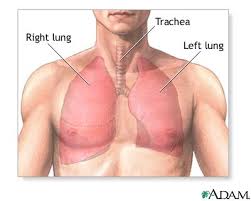

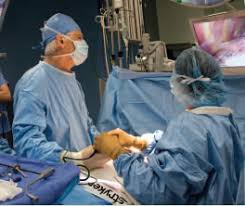
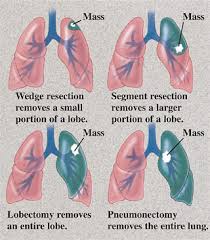

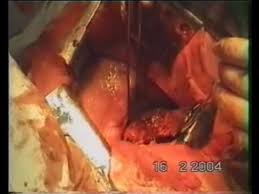
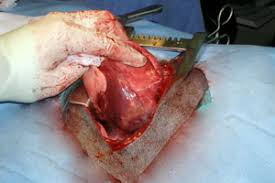
No comments:
Post a Comment